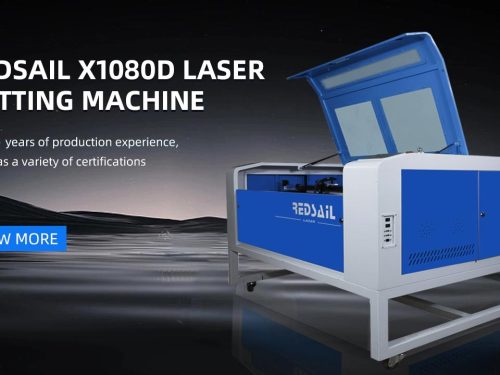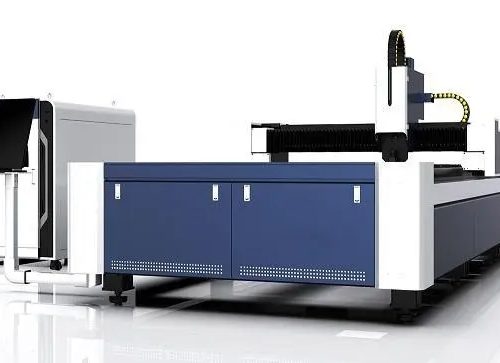
Laser cutting is a non-contact processing method with high energy and good density controllability. The laser spot with high energy density is formed after focusing the laser beam and has many characteristics when cutting. In order to deal with different situations, there are four different laser cutting methods.
Fusion cutting
In laser melting and cutting, after the workpiece is partially melted, the melted material is discharged with the help of air flow. Since the transfer of materials is only carried out in liquid state, this process is called laser melting and cutting.
The laser beam with high purity inert cutting gas makes the melted material leave the gap, while the gas itself does not participate in the cutting. Laser melting cutting can achieve higher cutting speed than gasification cutting. The energy required for gasification is usually higher than that required for melting materials. In laser melting and cutting, the laser beam is only partially absorbed. The maximum cutting speed increases with the increase of laser power, but decreases inversely with the increase of plate thickness and material melting temperature. At a certain laser power, the limiting factors are the air pressure at the gap and the thermal conductivity of the material. For iron and titanium materials, non oxidation notch can be obtained by laser melt cutting. For steel,
Vaporization cutting
In the process of laser gasification cutting, the surface temperature of materials rises to the boiling point temperature very quickly, which can avoid melting caused by heat conduction. Therefore, some materials vaporize into steam and disappear, and some materials are blown away. The bottom of the cutting seam is sprayed by the auxiliary air flow. In this case, very high laser power is required.
In order to prevent material vapor from condensing on the slit wall, the thickness of the material shall not be greater than the diameter of the laser beam. Therefore, this method is only applicable to applications where the elimination of molten materials must be avoided. In fact, this method is only used in a very small field of iron base alloys.
This method cannot be used for materials such as wood and some ceramics, which are not in a molten state and are unlikely to recombine the vapor of materials. In addition, these materials usually have to achieve a thicker cut. In laser vaporization cutting, the best beam focusing depends on the material thickness and beam quality. Laser power and heat of vaporization only affect the optimal focus position. When the thickness of the plate is fixed, the maximum cutting speed is inversely proportional to the gasification temperature of the material. The required laser power density is greater than 108W/cm2 and depends on the material, cutting depth and beam focusing position. If there is enough laser power on the plate with a certain thickness, the maximum cutting speed is limited by the gas jet speed.
Controlled fracture cutting
For brittle materials susceptible to thermal damage, high-speed controllable cutting by laser beam heating is called controlled fracture cutting. The main content of the cutting process is: laser beam heats a small part of brittle materials, which will lead to large thermal gradient and serious mechanical deformation in the area, thus leading to the formation of cracks in the materials. As long as the uniform heating gradient is maintained, the laser beam can guide the generation of cracks in any desired direction.
Oxidation melting cutting (laser flame cutting)
In general, inert gases are used for melting and cutting. If oxygen or other active gases are used instead, the materials will be ignited under the irradiation of laser beam, and the strong chemical reaction with oxygen will further generate heat, thus generating another heat source, which is called oxidation melting and cutting.
Because of this effect, the cutting speed of structural steel with the same thickness can be higher than that of melt cutting. On the other hand, the quality of the cut may be worse than that of the melt cut. In fact, it will produce wider gaps, obvious roughness, increased heat affected zone and poor edge quality. Laser flame cutting is not suitable for machining precision models and sharp corners (there is a risk of burning sharp corners). Pulse mode lasers can be used to limit thermal effects, and the laser power determines the cutting speed. At a certain laser power, the limiting factors are the supply of oxygen and the thermal conductivity of the material.










